In conjunction with COP 28... underwater images express climate change in a new way
Weather of Arabia - The 15-year- old girl is sitting on a worn-out chair, her hands tightly clenched in her lap, her eyes watching the world in front of her with extreme anger, and her light white skirt seems to be dancing delicately to the tune of the air, but in reality, there is no breeze blowing here.
The scene looks fairly normal, until we notice the additional details; The background consists of strange blue shadows covering the ground, showing thousands of broken fragments of coral, and coral reefs spread on the distant horizon.
This stunning image of the girl, and her intense underwater gaze, is part of the “SINK/RISE” series , a more recent project by visual artist Nick Brandt in which these images depict South Pacific islanders, representing people facing the loss of their homes, lands and livelihoods; Due to climate change, despite the enormous challenges of photographing them at the bottom of the ocean, Brandt found a way to express their stories and suffering.
Brandt believes that the catastrophic impact that sea level rise will have on the lives of millions is currently difficult to see and understand, and therefore he decided to express this symbolically through his artwork, as he said:
“Someone said this is post-apocalyptic. But I say it's actually pre-apocalyptic, because that's not what has happened yet to these people.”
Brandt points out the importance of understanding the situation and taking action before the worst happens.
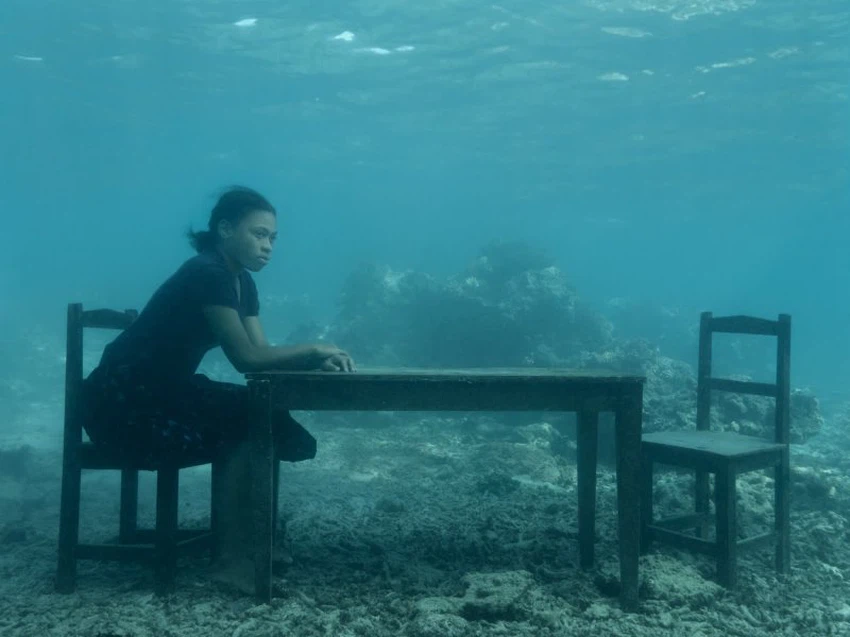
Akisa and the other Fijian coastal residents he photographed for this project haven't seen the world they know go underwater yet but he says many of them will if climate change continues at its dizzying pace and water levels continue to rise.
Brandt says Pacific islands like these contribute just 0.03% of global greenhouse gas emissions, but face the alarming prospect of losing it all; Because of climate change anyway.
Brandt says:
“They are most vulnerable to the consequences of the ways of the industrialized world.”
The photographer is afraid to attribute a message to his creative work. He knows that viewers will have their own interpretations, but he hopes that these images, which depict what he fears will happen in the future, will help others see the devastating impact of their actions now.
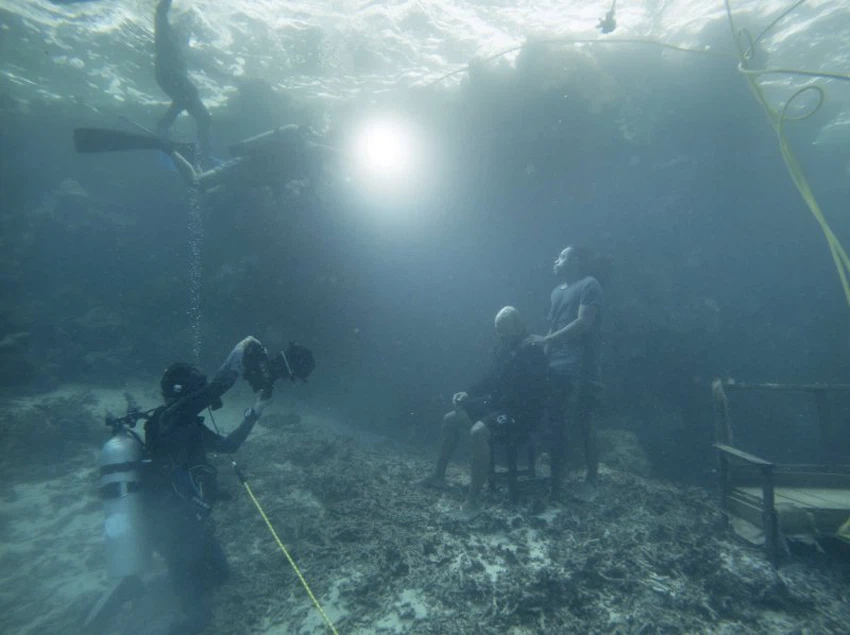
How long did the photo shoot take?
Answer: The photo session took several weeks before starting this project, and for the first phase of the work, Brandt points out that the only underwater photos he took were of tropical fish, snapshots from a vacation he had taken, which caught his attention most.
Photographing people underwater and helping them feel comfortable and appear natural under these strange conditions was undoubtedly a challenge, but Brandt knew that if he succeeded in achieving his concept, the images would be unique and unparalleled.
Brandt conducted about 200 test sessions with people at about 20 different show locations , enlisted diving professionals to ensure safety and guide participants in the shoots, and, at times, had to wait for days when strong runoff caused by heavy rains severely affected the sea conditions in Fiji. It makes it difficult to photograph scenes.
As conditions and weather improved, Brandt had a narrow window of time to capture and film the scene, while the camera crew was underwater.
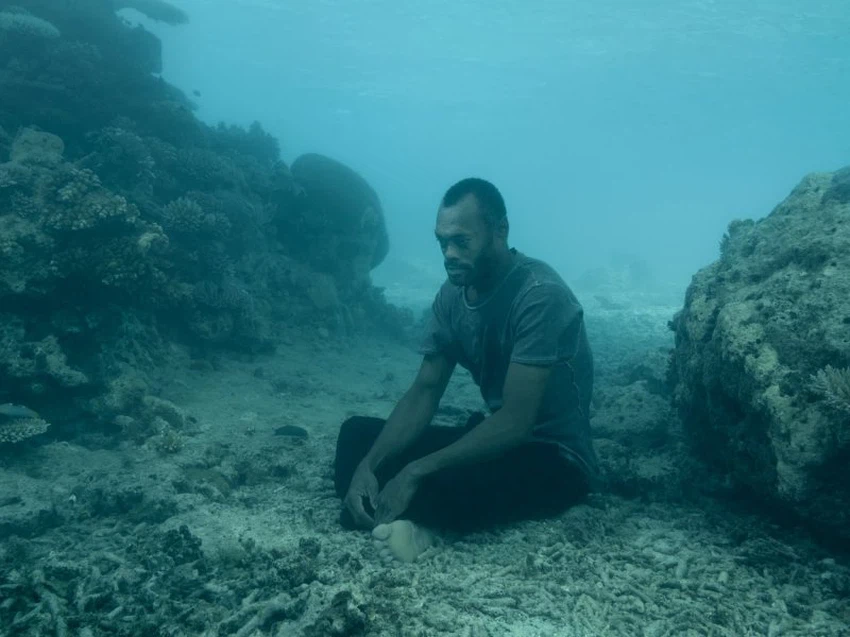
Challenges and developments in underwater photography sessions
In the early days of the six-week shoot, Brandt noted that most models could only hold their breath for an approximate 15 seconds before they needed to reconnect to the oxygen supply underwater, which took approximately 30 minutes . To prepare each photo shoot, but over time, some of them were able to extend this duration to more than a minute, and the process was shortened to take only a minute or two, as Brandt commented, saying:
“Achieving this level of excellence was very complicated.”
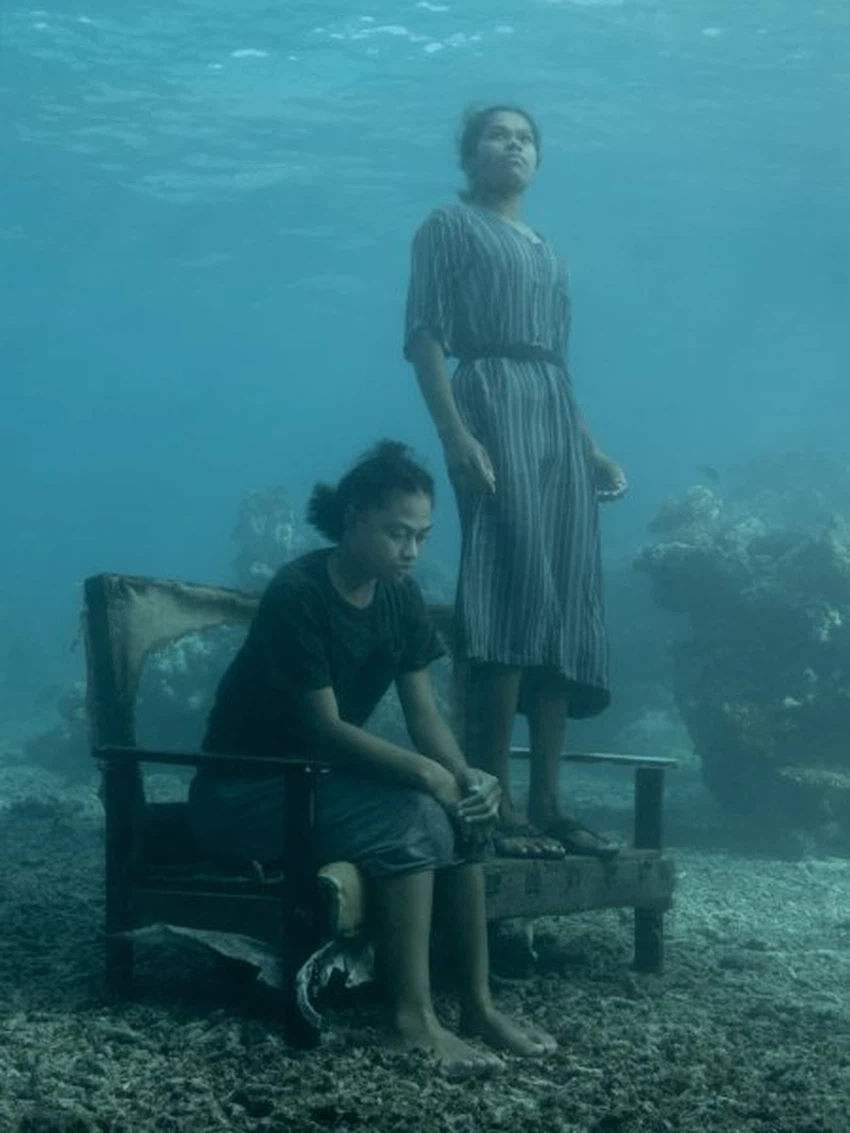
Brandt noted that effective communication during the sessions was crucial to guiding the models during the shoot, as Brandt and his team used hard-wired connections to relay the directions to the boat, where they could be broadcast in clear audio underwater.
Brandt adds:
“Throughout the entire shoot, the models and support team were full of enthusiasm and commitment to the project, making everything run smoothly even on the toughest days. They were simply amazing and even when the sessions were over and they could take a break and go back to the boat to talk, they were back in the water to help.” for everything."
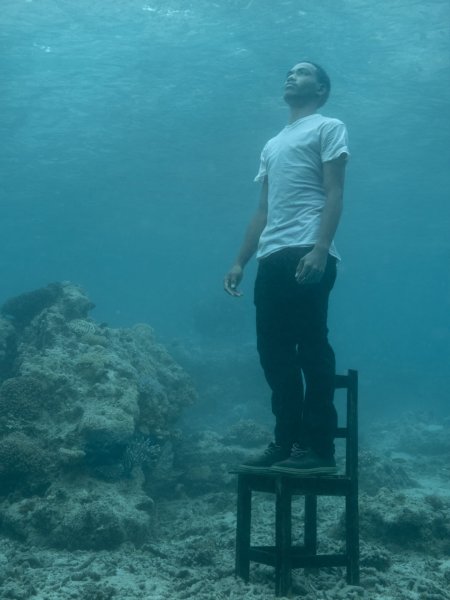
These submarines were not in the deep sea. Rather, most of the pictures that Brandt took were at a depth of between 2 and 4 meters , which is equivalent to about 7-13 feet below the surface of the water. Despite the attractive nature of these everyday scenes, there is a real danger lurking behind this appearance. Natural, according to Brandt.
A dangerous adventure in the deep sea... The threat of climate change threatens marine beauty
“If you go up to the surface after holding your breath, and you take a breath at 8 feet, there's still a risk that could damage the lungs.”

The divemaster, known as Viti, was well aware of how dangerous these conditions were, and knew the importance of Brandt's project. Viti, who is 53 years old, has lived in Fiji forever, and is well aware of the effects of climate change on this island nation, which has been hit by an increase in tropical cyclones in recent years. Officials in Fiji have described climate change as the biggest security threat in the region, and urged global leaders They are increasing their assistance efforts, designating several coastal communities for transfers to higher ground.
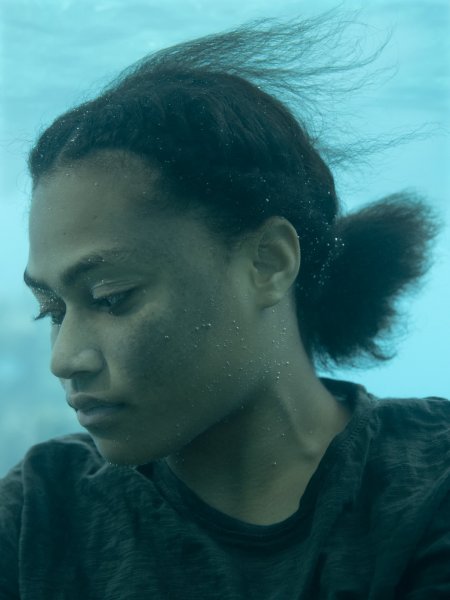
Niotabua is a conservationist who has fought for years to convince others inside and outside his country of the importance of listening to warnings about the dangers of climate change and the damage it is causing to the wildlife he intends to preserve.
His meeting with Brandt is considered a gift from God for Niotaboa, as he confirms that Brandt is giving what is in his heart in an attempt to show the world the extent of people’s suffering . Niotaboa adds:
"He's making this move on behalf of the people of the Pacific Islands, and not just the people of those islands, but all the low-lying islanders on the face of the planet. This is our story."
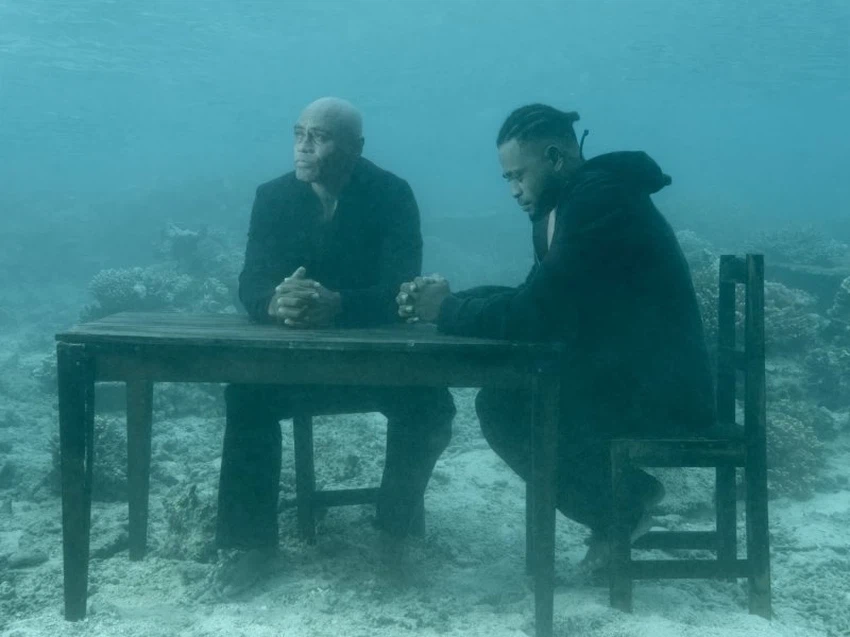
For Newtabua, Brandt's surreal images reveal a stark reality: the divemaster lives close to an idyllic beach along the coast, but, like many in Fiji, he is building a house inland with the hope that he will have a better chance of weathering the effects of powerful storms.
Niotapua stresses that they did not cause this, but rather are victims in the Pacific Islands. However, he believes that everyone on Earth, including the people of Fiji, must work hard to change course and mitigate the effects of climate change before it is too late.
Underwater images convey a powerful message about everything from childhood loss to hope for the future, and Brandt notes that he also began to understand more about the environmental impact when they began filming on location about a kilometer offshore off the island of Vanua Levu in Fiji. The sea floor is covered with broken pieces of coral; Where he added:
“All of this happened due to powerful tropical cyclones as a result of climate change, and we see the devastation caused by a tropical cyclone when it sweeps land, uprooting buildings and sweeping away trees, but what we did not realize was what was happening underwater as well, and we witnessed the complete extinction of coral reefs, breaking them into millions of pieces.” "

The amazing reactions to the images...a mixture of darkness and hope
Since Brandt first shared his photos publicly on his website recently, he's been impressed by how viewers have responded; He points out that viewers repeatedly return to his photographs, each time discovering different emotions on the faces of the people in the pictures, and can see everything from hope to resilience, and even surrender.
Thus, the image itself is able to be both dark and hopeful at the same time, and this is linked to a concept that Brandt referred to, which is “pessimism of the mind, optimism of the will.” Intellectually, things can seem dark when we consider our impact on the planet and the volatile changes coming our way. Towards the Apocalypse and Environmental Destruction However, Brandt sees optimism in will, that persistence can bring positive change, reduce damage, and points to the importance of humans becoming better ancestors by improving their relationship with the environment and working together to preserve our planet.

"SINK/RISE" is the third chapter in a massive project that Brandt has been working on over the past years. The first two chapters revealed the impact of climate change on people and animals in Kenya, Zimbabwe and Bolivia. Just like the previous chapters, "SINK/RISE" will be turned into a book. It will be displayed in art galleries.
Brandt points out that the duality people see in these latest images reflects a common theme that links them all together.
The title of the entire major project, “The Day May Break,” alludes to an important turning point that societies are currently facing.
Brandt says:
“The coming day may be explosive and the earth cracks, or it may be full of sunshine and dawn.”
As Brandt sees it, what happens next depends on the choices humanity makes.
Also know:
What does the COP 28 logo symbolize?
Winners of the 2023 Nikon Small World Microscopy Photography Contest
Sources:
Arabia Weather App
Download the app to receive weather notifications and more..



